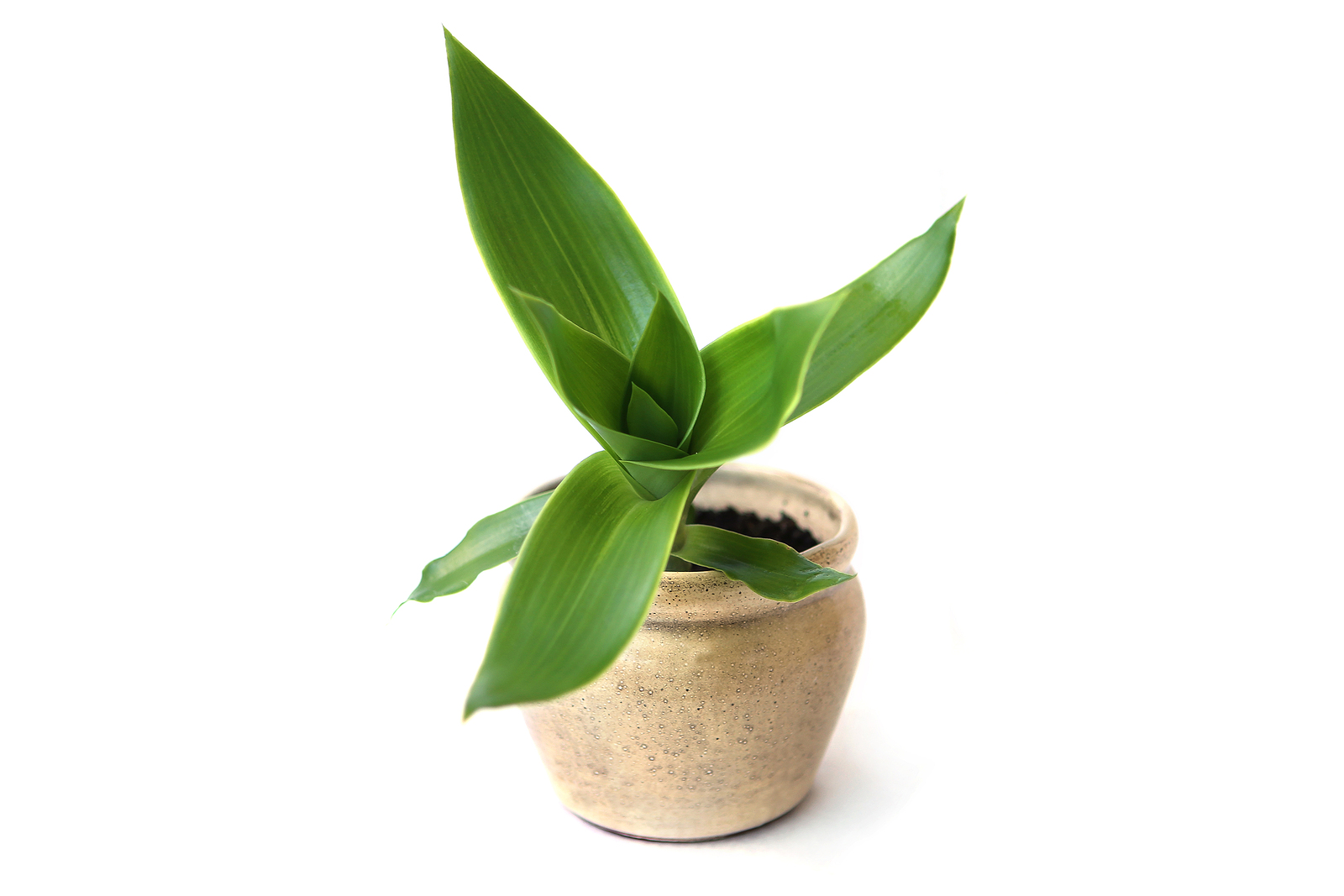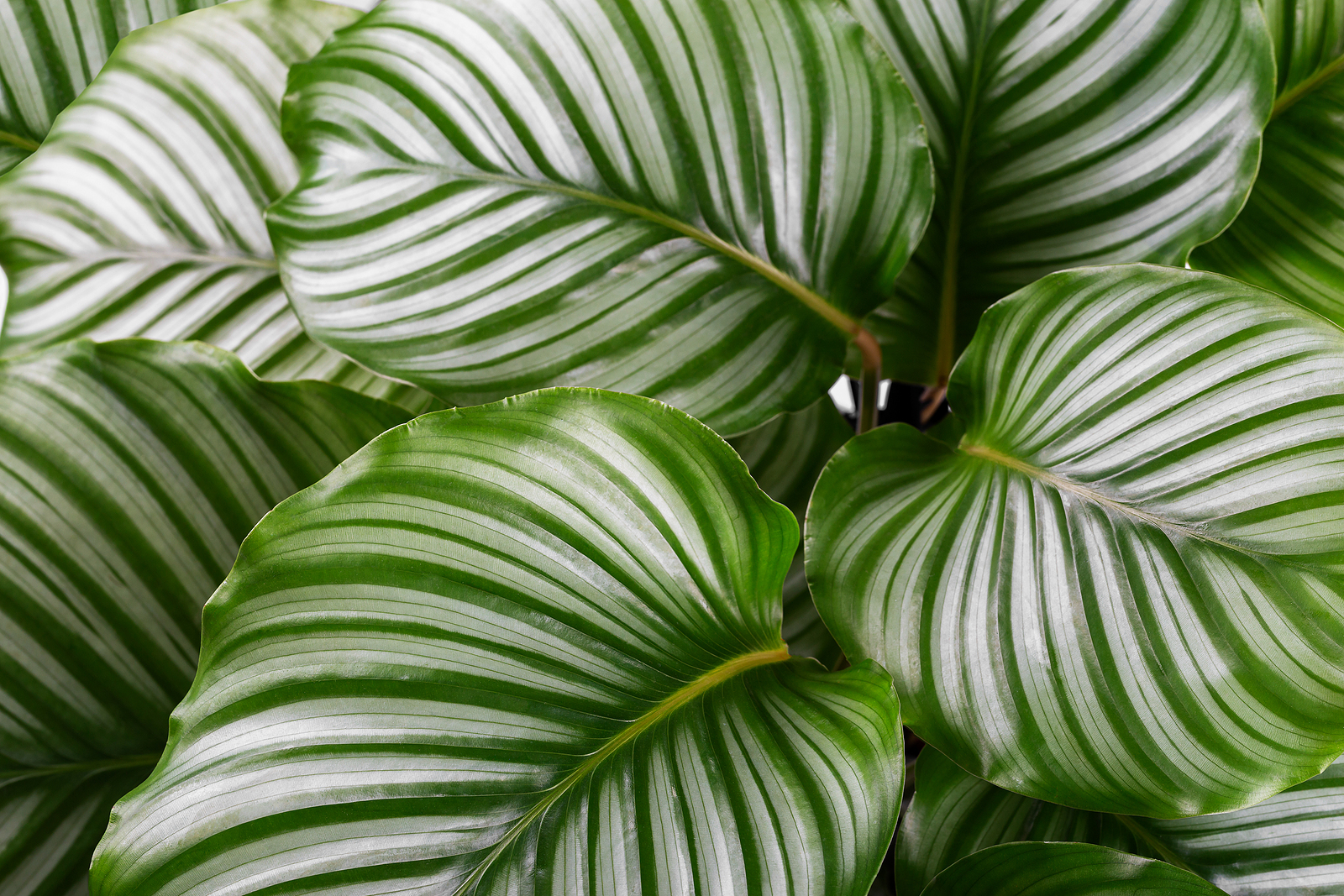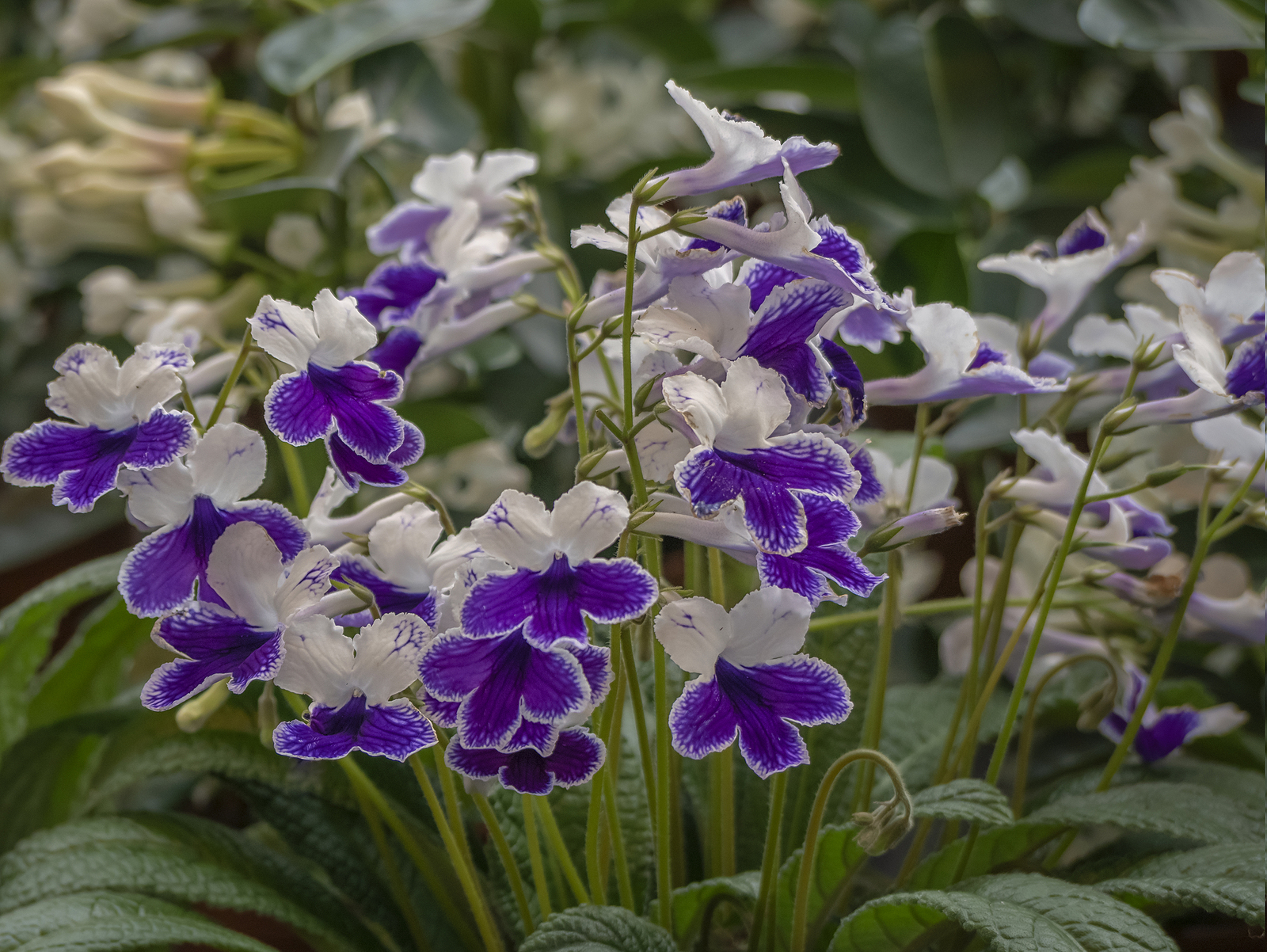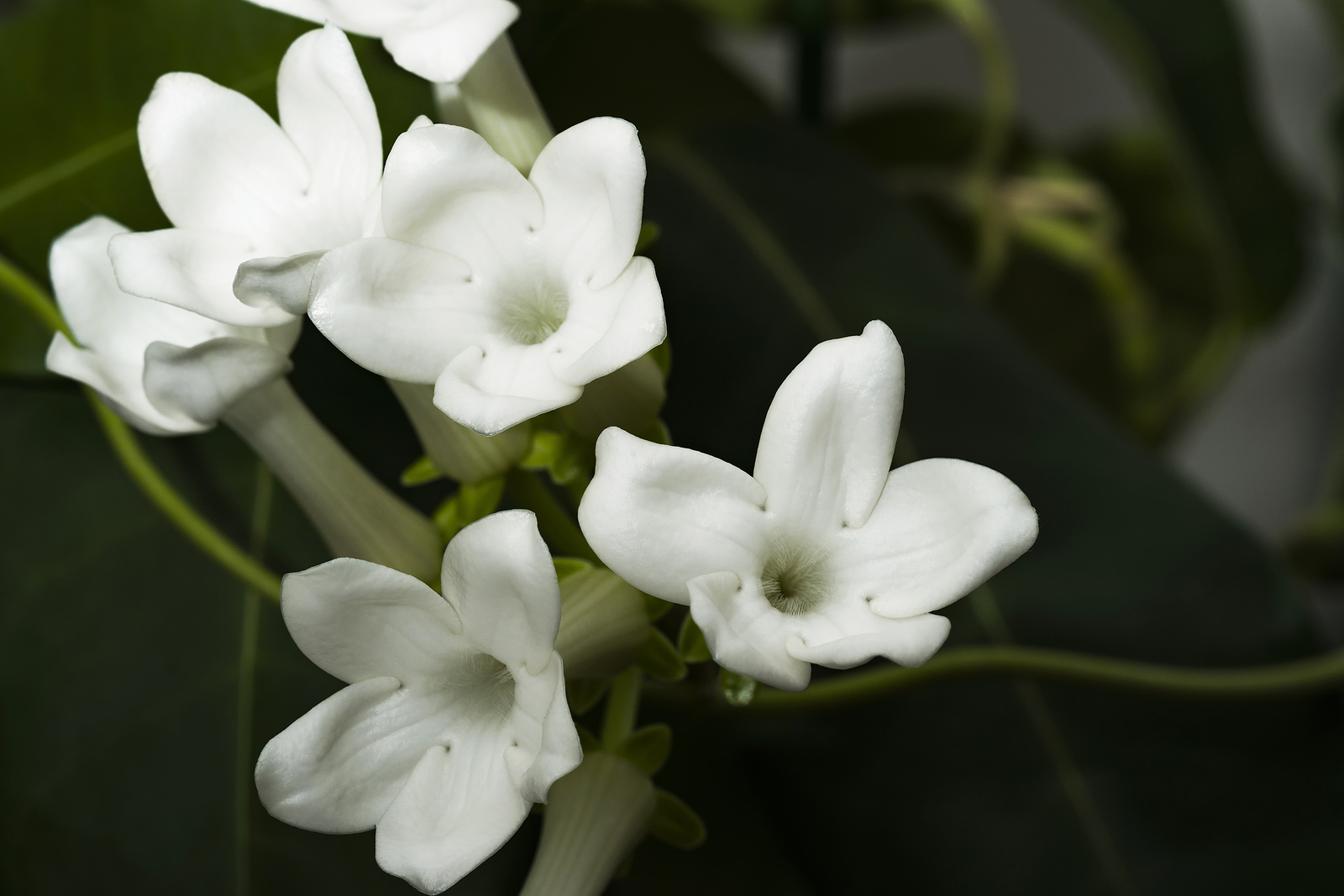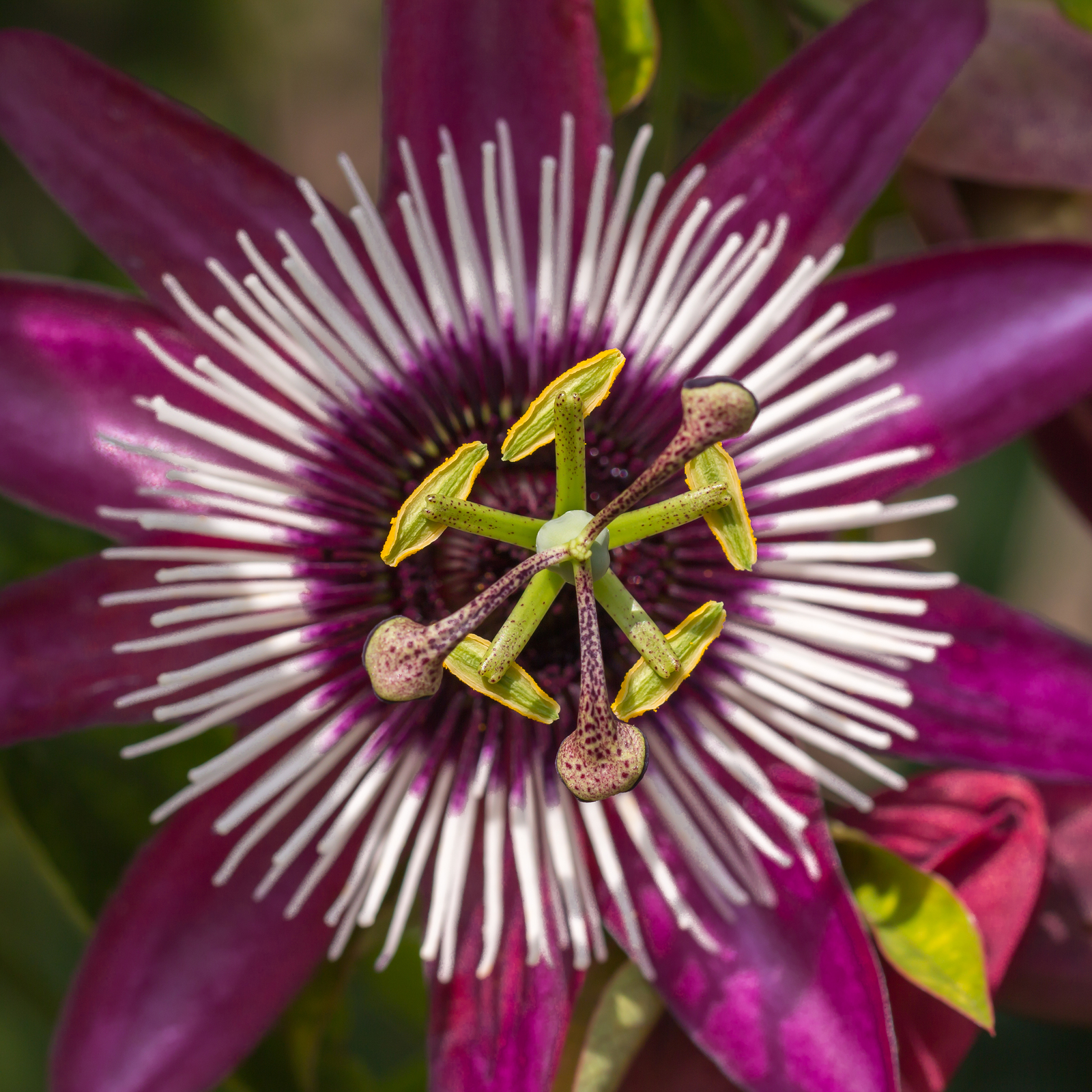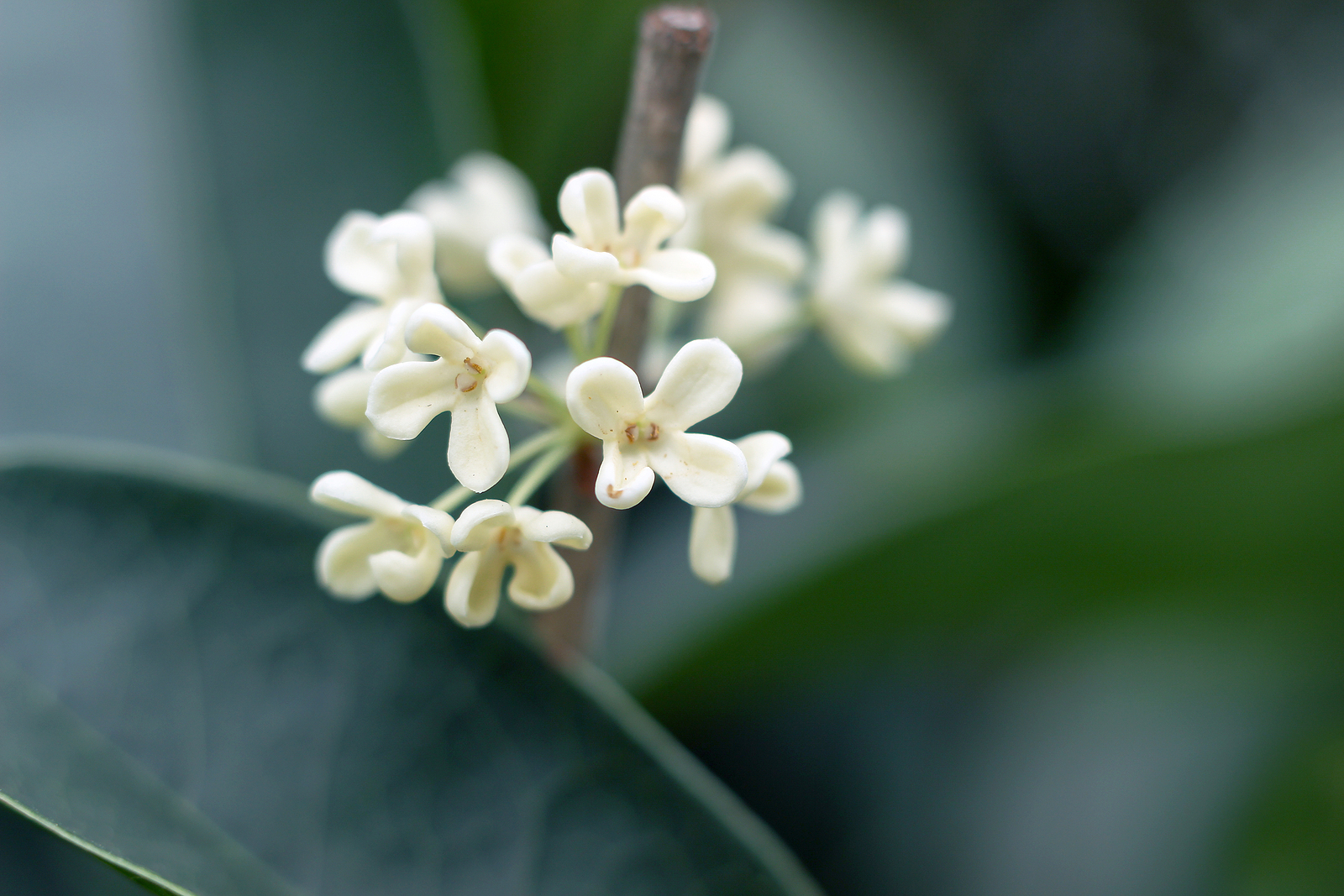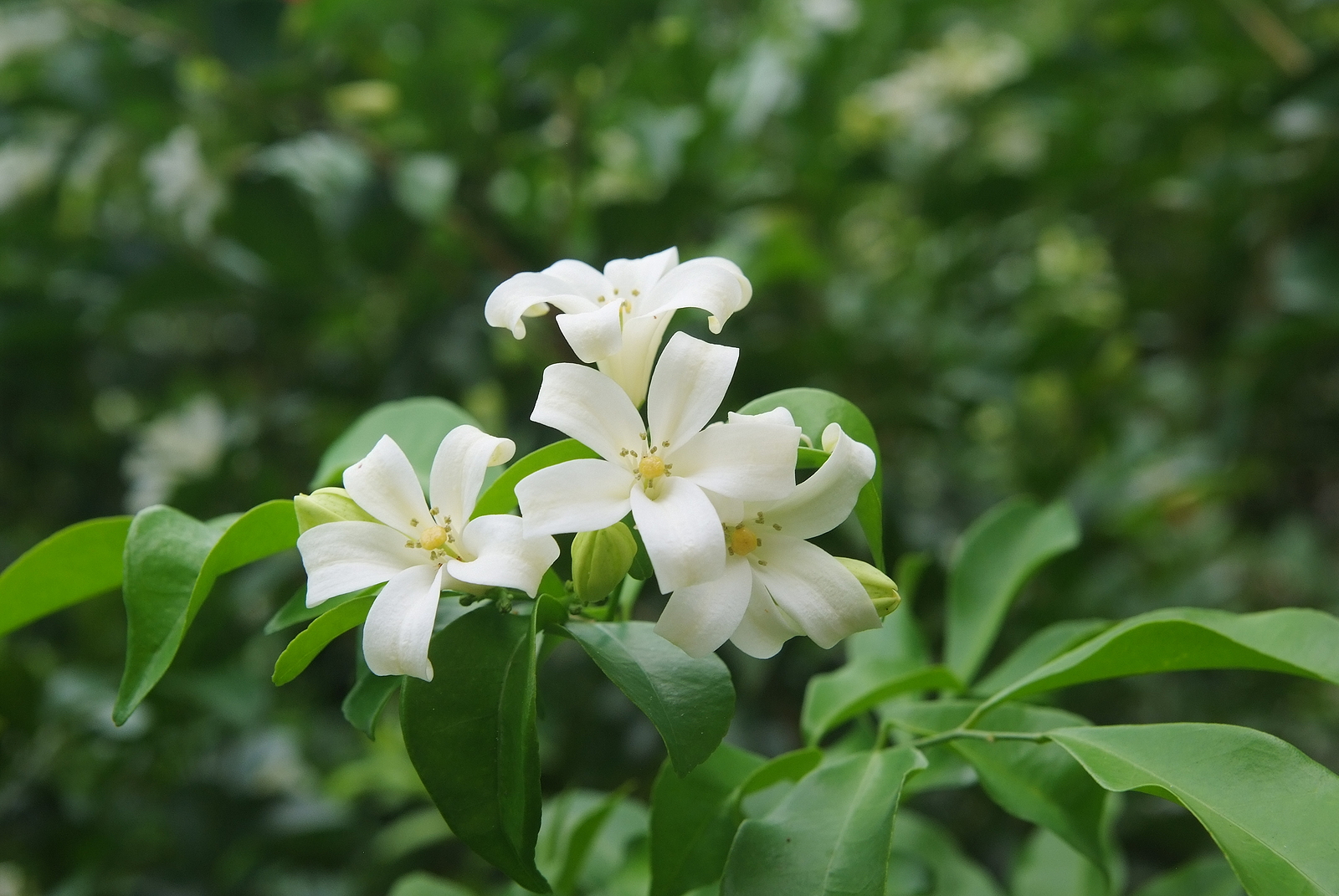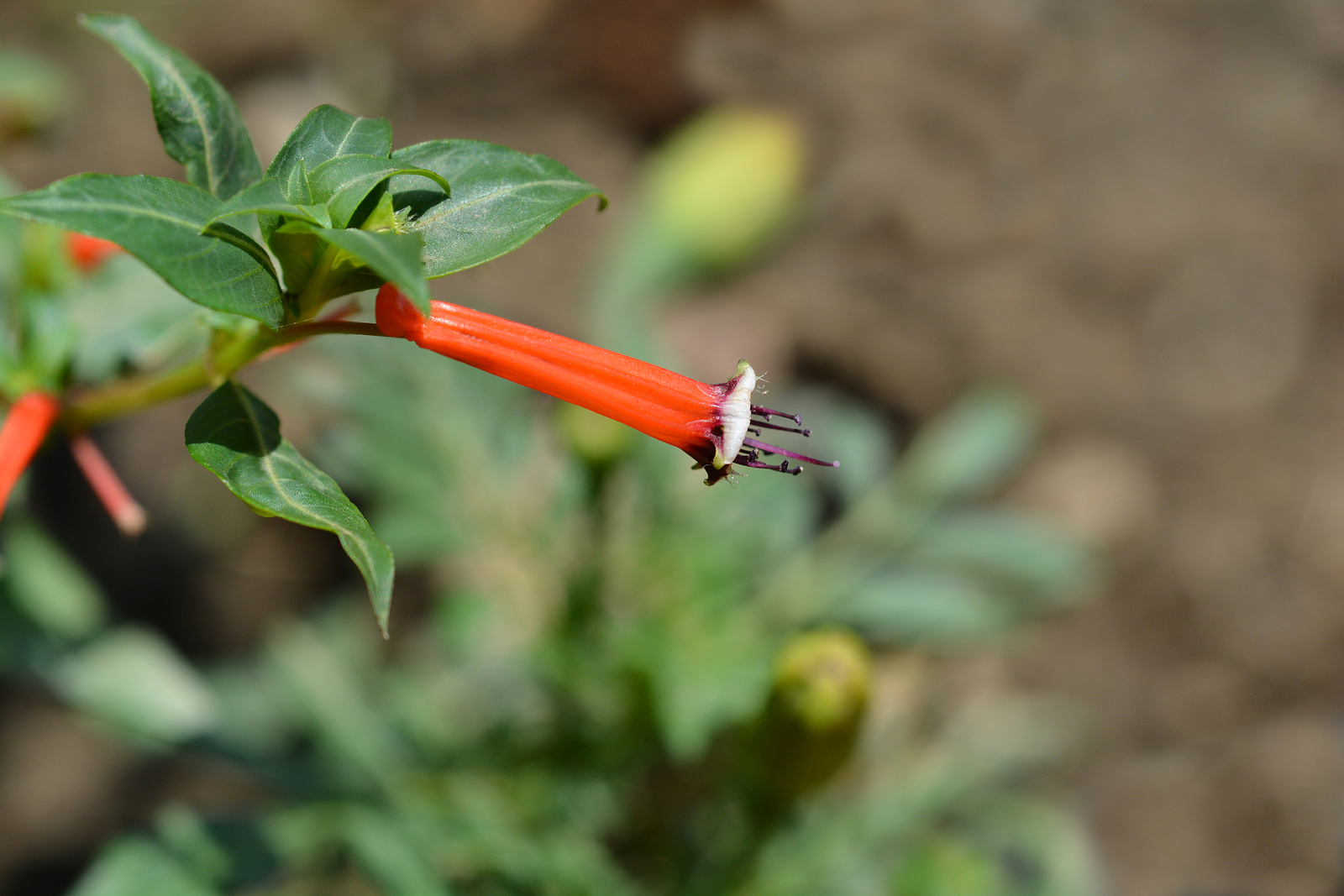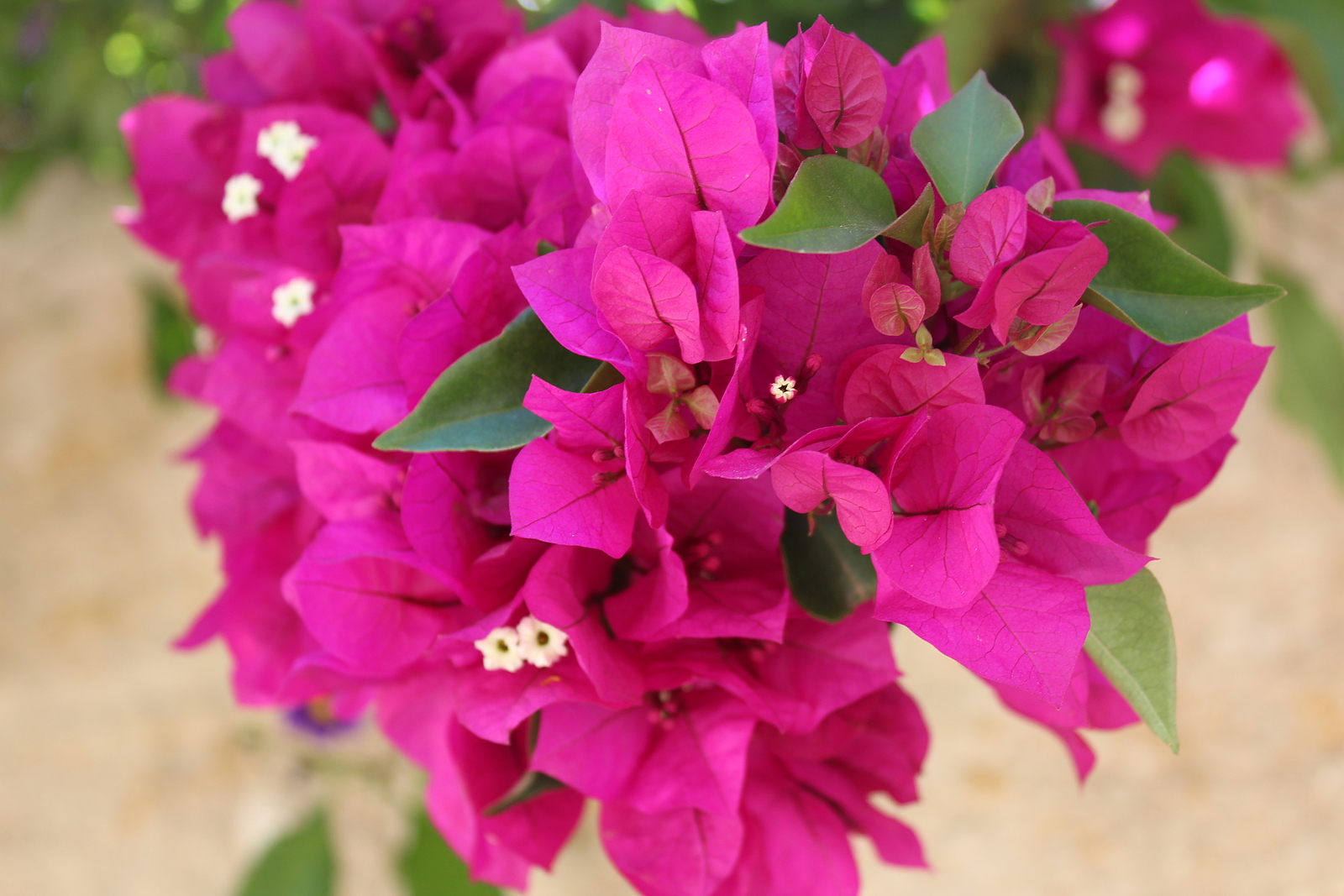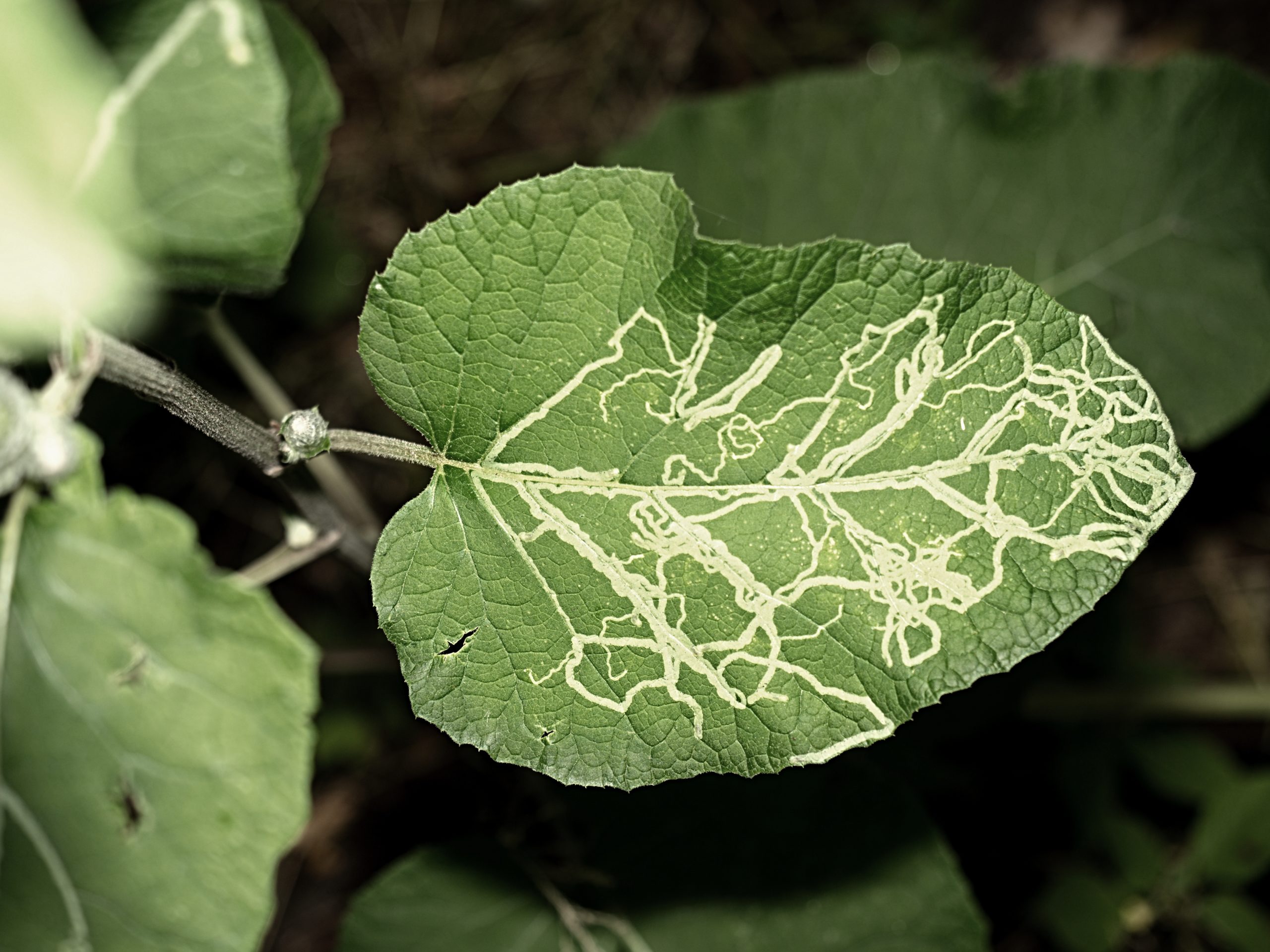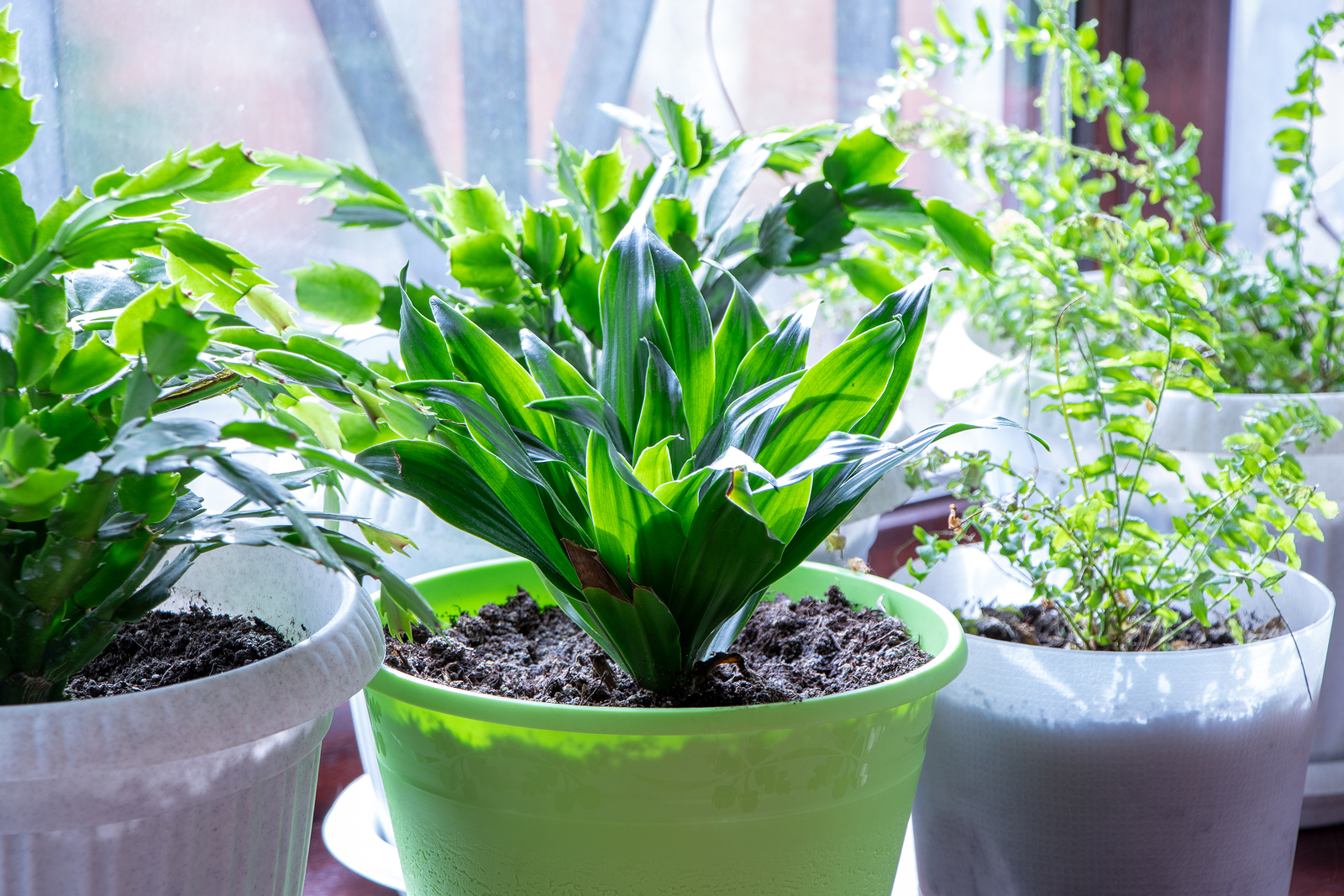How to Grow Inch Plant — Callisia
Callisia, commonly called Inch Plant, is a trailing plant with striking leaves, the tops are olive green, striped with creamy yellow, the undersides are purplish. Because of its dangling growth, Callisia is best displayed in a hanging basket or on a pedestal. Callisia has succulent stems that support solid green or variegated, pointed oval leaves […] More

